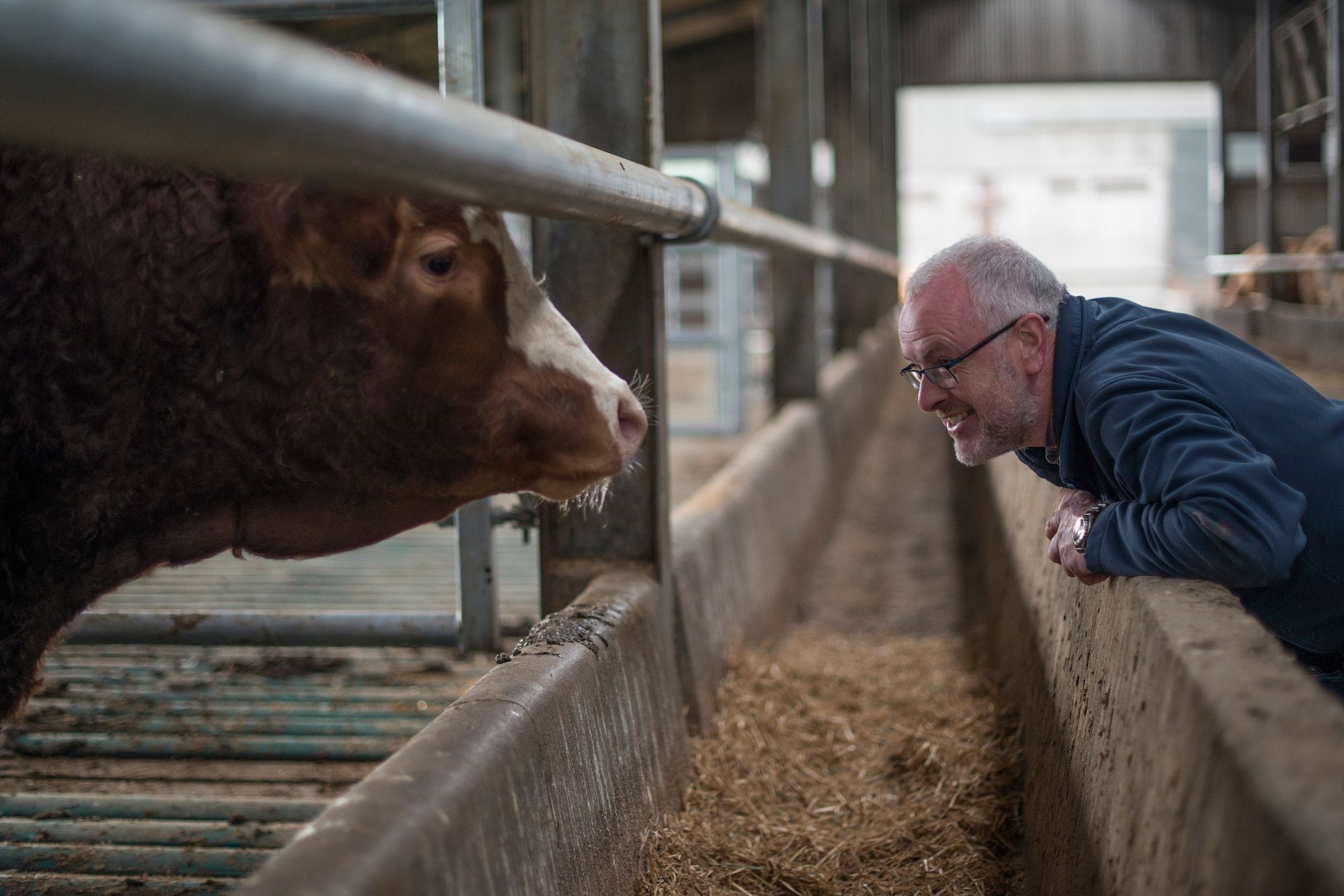Clean Shopping: How Consumers Can Trust the Food They Buy Is Genuinely Organic
With the growing desire for healthier living and mounting environmental concerns, consumers are more concerned than ever about eating organic. The numbers speak volumes: The organic food industry in America topped $63 billion in sales in 2021.
But with organic products steadily becoming the primary choice for many consumers, it’s essential to know whether the spinach, apples and steaks you’re purchasing are genuinely organic.
“Though you might be seeing more products advertised as ‘organic’ than ever before, it’s important to note that these could be false claims, especially if the product hasn’t been independently verified by a third-party organization,” says organic food certification expert and NSF Technical Scheme Lead Liz Figueredo. “Our role at Quality Assurance International is to vet these products against the federal government’s stringent requirements, providing a vote of confidence to consumers as they shop.”

Quality Assurance International (QAI), an NSF company and a leading organization in the organic industry, works closely with the U.S. Department of Agriculture (USDA) to certify organic products from the farm to the store. This includes enforcing existing rules to help ensure that the organic industry upholds its promise that foods are minimally processed, grown without chemicals or additives, and free of genetically engineered or modified ingredients.
With all the product labeling sometimes making shopping confusing, QAI experts offer these six tips to help you understand what “organic” really means and make informed decisions at the grocery store and the farmers market.
Organic 101

First, it’s essential to understand what organic means. Organic certification requires farmers and handlers to document their processes and undergo annual inspections. Inspectors trace organic products from start to finish, looking closely at soil conditions, crop health, water systems, potential contamination, and weed and pest management. The USDA’s National Organic Program (NOP) strictly prohibits using genetic engineering, synthetic chemicals, most chemical pesticides and sewage sludge in producing and handling organic crops. The land on which organic farmers grow organic crops must not be treated with prohibited substances for at least three years before the harvest of the first organic crop. Instead, soil fertility and crop nutrients are managed through nonchemical methods, such as tillage and cultivation practices, crop rotations, and cover crops. Pests, weeds and diseases are managed through physical, mechanical and biological controls.
Current Events
There are options for farmers to get started on organic farming. “Transitional organic” means that the farm is working toward full organic certification within three years, and its operations are certified as they move toward that goal. There may be a push for this coming under the Strengthening Organic Enforcement rule, and some U.S. states are creating their own incentive packages to encourage organic farming.
Look for the Certification Mark
The organic certification mark gives consumers confidence that the foods they buy meet all the required organic standards in their region. Consider learning the regulations in your region so you can identify them on your next shopping trip. For example, the USDA’s NOP has three levels of organic certification:
- Made with Organic: Seventy percent of the ingredients are organic and must be identified on the ingredient label. Use of the USDA organic seal is not permitted on these product labels.
- Organic: To be labeled “organic,” the product must contain at least 95% organic ingredients that are identified on the ingredient label.
- 100% Organic: The product must contain 100% organic ingredients (excluding salt and water). The USDA organic seal will be displayed along with the certification organization’s name or mark.
Other Products To Look For

Beyond food, organic personal care products, such as essential oils, can also be certified to the NOP. Personal care products, like shampoo, soap and lotion, which can’t meet the food standard can be certified to NSF/ANSI 305: Personal Care Products Containing Organic Ingredients. These products must be formulated with a minimum of 70% organic ingredients. Look for the personal care NSF mark on your next shopping trip.
Know the Difference
It’s essential to understand the difference between “natural” and “organic.” Food products labeled as “natural” are regulated by the U.S. Food and Drug Administration (FDA) but do not require certification. This term refers to foods that have been minimally processed or are free from synthetic ingredients. In contrast, “organic” products are regulated by the USDA. In many parts of the world, the term “natural” has no formal definition or accepted meaning.
GMO vs. Non-GMO
Note that organic regulations prohibit using genetic engineering or genetically modified organisms (GMOs) to produce or handle organic food. However, an organic crop may be exposed to GMOs from environmental factors (such as wind pollination, birds or bees) or other natural forces beyond the control of the organic farmer. To help limit the impact of nonorganic farming practices, regulations require organic farmers to follow rules such as creating buffer zones between their farms and neighboring farms that use conventional farming methods.
Sign Up for Tips for Better Living
Stay up to date with what matters most to you and your family.
Related Resources

Food Safety and Organic Food FAQs

Organic Certification
Related Posts

Foodstuffs: How To Store and Heat Leftovers Safely

Kitchen Cleaning 101: Your Ultimate Guide to Optimum Kitchen Cleaning

Keeping a Clean Home, Especially When You Share It With Your Pet

loMT: Utilize Internal Information Security Expertise to Combat Cyber Risks
Sources:
www.ota.com/organic-market-overview/organic-industry-survey
www.qai-inc.com/index.php
How NSF Can Help You
Get in touch to find out how we can help you and your business thrive.

What’s New with NSF

Healthy People Living on a Healthy Planet: The Future We’re Working For
April 4, 2024
American Meat and Egg Distributors Now California-Ready with NSF’s Prop 12 Certification
April 3, 2024
2024 GFSI Conference - Meeting the Needs of our Evolving World
March 20, 2024